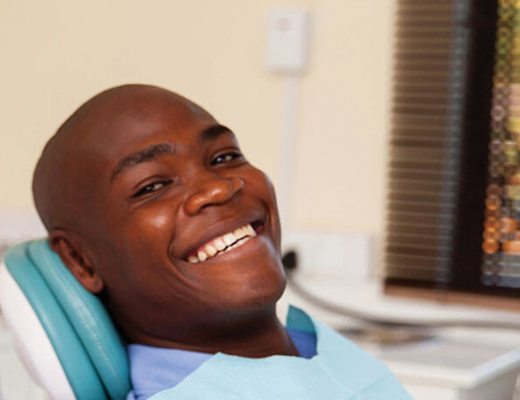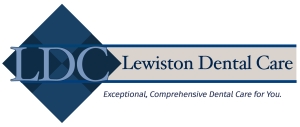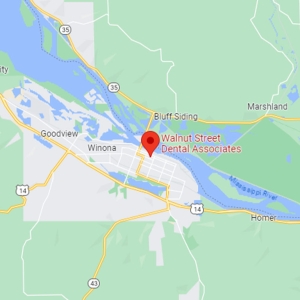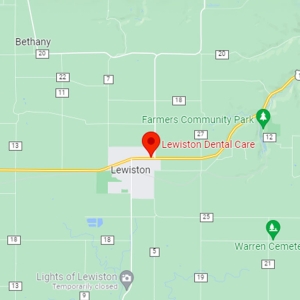TMJ

TMJ is an acronym for temporomandibular joint. Everyone has a temporomandibular joint. In fact, they have two — one just forward and to the base of each ear. Without your TMJ, you would be unable to open and close your mouth as it acts as the hinge that connects your lower jawbone to your skull. Unfortunately, many things can go wrong with your TMJ, including a variety of disorders that range from uncomfortable to painful. However, your dentist in Lewiston, MN, has solutions for problems that affect the temporomandibular joint.
Common Disorders of the TMJ
Temporomandibular joint disorders, or TMDs, may affect the joint or the surrounding muscle. They can also cause headaches. Common causes associated with TMD include:
- Deterioration of the bone
- Displacement of the discs
- Strain on the jaw
- Trauma
- Genetics
Chronic conditions such as arthritis or bad habits such as teeth grinding can contribute to problems with your TMJ as well. This is why your family dentist should be your first call if you feel you may be suffering the symptoms of a temporomandibular joint disorder.
Symptoms of TMJ Disorders
Symptoms of TMD may be mild or severe, but they tend to worsen over time without treatment. Sometimes, a TMJ disorder will clear up on its own, but more often, intervention is required. Signs you may be experiencing a TMJ disorder include:
- Soreness in the jaw
- Headache
- Pain that seems to radiate throughout your face, neck, or upper back
- Earache
- Reduced range of motion in the jaw
- Popping or clicking sounds when you open or close your mouth
- Dizziness
- Changes in how your teeth fit together
If you notice one or more symptoms, it’s time to schedule an appointment with your dental professional for a routine dental exam and discussion on what you can do to help alleviate pain and discomfort.
What Can Be Done to Treat TMJ Disorders?
Treatment for TMD usually involves allowing the joint and surrounding muscles to rest. Often, this is enough to reduce pain and alleviate symptoms. Your dentist may prescribe oral medications to relax the muscles and relieve pain, or they may recommend physical therapy. Other treatment options include making small changes to your lifestyle, such as ceasing nail-biting or teeth-clenching. Your dentist may ask you to work on your posture or to stop resting your chin in your hand when sitting. Sometimes, temporarily switching to a soft or liquid diet can give your TMJ enough help to heal, so may the application of ice or heat to the affected area. In extreme cases, your dentist may recommend an orthodontic appliance or surgery.
Treating TMJ Disorders in Lewiston, MN
For TMJ diagnosis and treatment in Lewiston, MN, contact Walnut Street Dental today. Our friendly and experienced dental professionals are happy to sit down with you to answer all your questions regarding TMJ disorders and what can be done to help.



